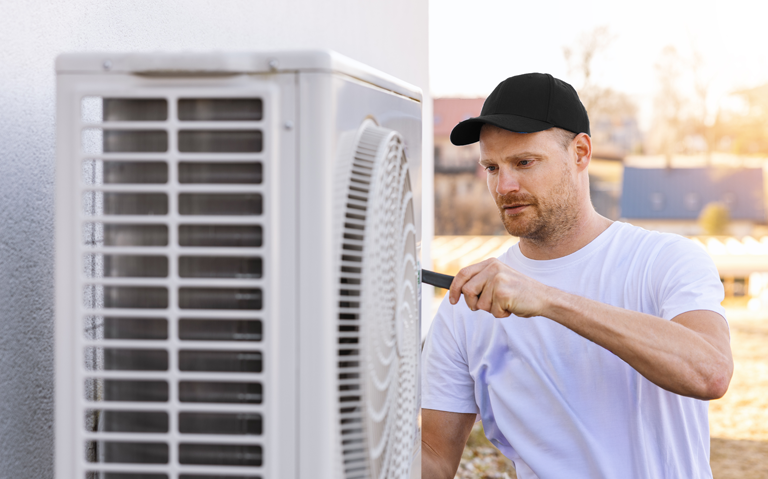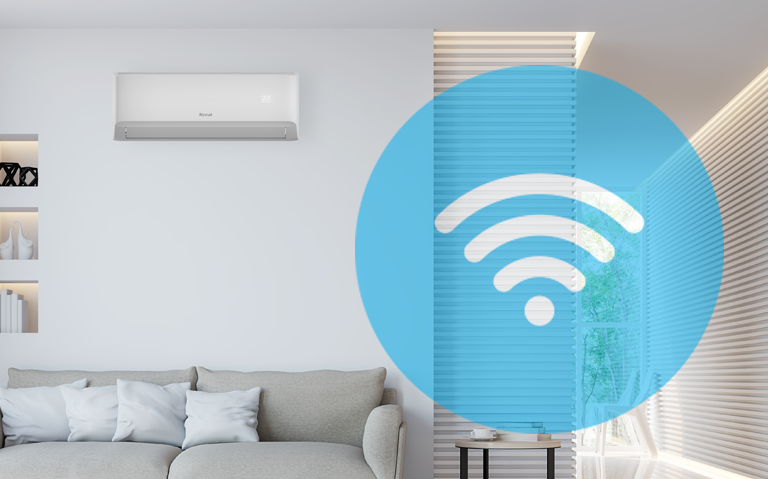The drain line from a valve on my water heater is dripping.
Water heating cycles most commonly start after you have used some hot water as cold water enters the bottom of the tank and cools the thermostat, which then switches the element on.
When water is heated it expands. The expanded water needs somewhere to go, so mains pressure cylinders have valves that open during heating to allow expanded water to drain away. (In older low-pressure installations, the expanded water may exit out a pipe through the roof and drain from the roof).
When a tap is turned on during a heating cycle, this also relieves the pressure and will cause the drain line to stop dripping until sometime after all taps are closed again.
Is the dripping intermittent?
If so, then it is probably normal operation.
Is the dripping near constant?
See the diagram of a standard mains pressure storage water heater installation below:

There are three main plumbing valves.
- Pressure reducing valve (PRV) in blue circle.
(Can be located anywhere close to where the water line from the street enters the dwelling) - Expansion control valve (ECV) in green circle.
(Usually near the cold connection at the bottom of the water heater)
This will not be present on older installations - Temperature and pressure relief valve (TPR) in red circle.
(Usually on the top or high on the side of the water heater.)
Each of these valves is set at an increasing pressure setting.
A typical installation will have:
PRV 500 kPa
ECV 750 kPa
TPR 850 kPa
In this example:
The PRV reduces the water pressure from the street to 500 kPa.
When the water heater element is heating and the water in the tank starts to expand, once the pressure reaches 750kPa, water will start to drip from the ECV drain line.
If the ECV fails over time, then water will start to drip from the TPR drain line.
There are three possible causes:
- Debris lodged under the ECV or TPR valve seat
At some stage when the valve has opened to release pressure some debris has lodged in the valve seat which stops it from closing completely when the heating cycle finishes.You can try to clear this by slowly opening the valve by pulling up on the lever or turning the knob. Allow water to flow through the valve. The slowly This may clear the debris lodged in the valve an allow it to close fully.
- Pressure reducing valve
- The PRV in the plumbing installation is set to a pressure too close to the ECV or TPR valve.In this case the water pressure needs to be reduced at the PRV to prevent the ECV or TPR dripping constantly.Some PRVs are readily adjustable. Others are set at fixed pressures and will need to be replaced.
- The PRV has failed and is allowing water pressure higher than the TPR or ECV to enter the system. In this case the PRV needs to be replaced or serviced.
- TPR or ECV failedIf neither of 1 or 2 is applicable, then the expansion valve has failed.
IMPORTANT
Under no circumstances should an ECV or TPR be removed without replacement, blocked or plugged in any way. This can create a very hazardous situation.
Under no circumstances should a TPR valve be replaced with one of a pressure rating higher than that specified on the water cylinder.














